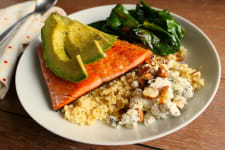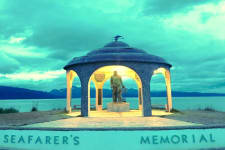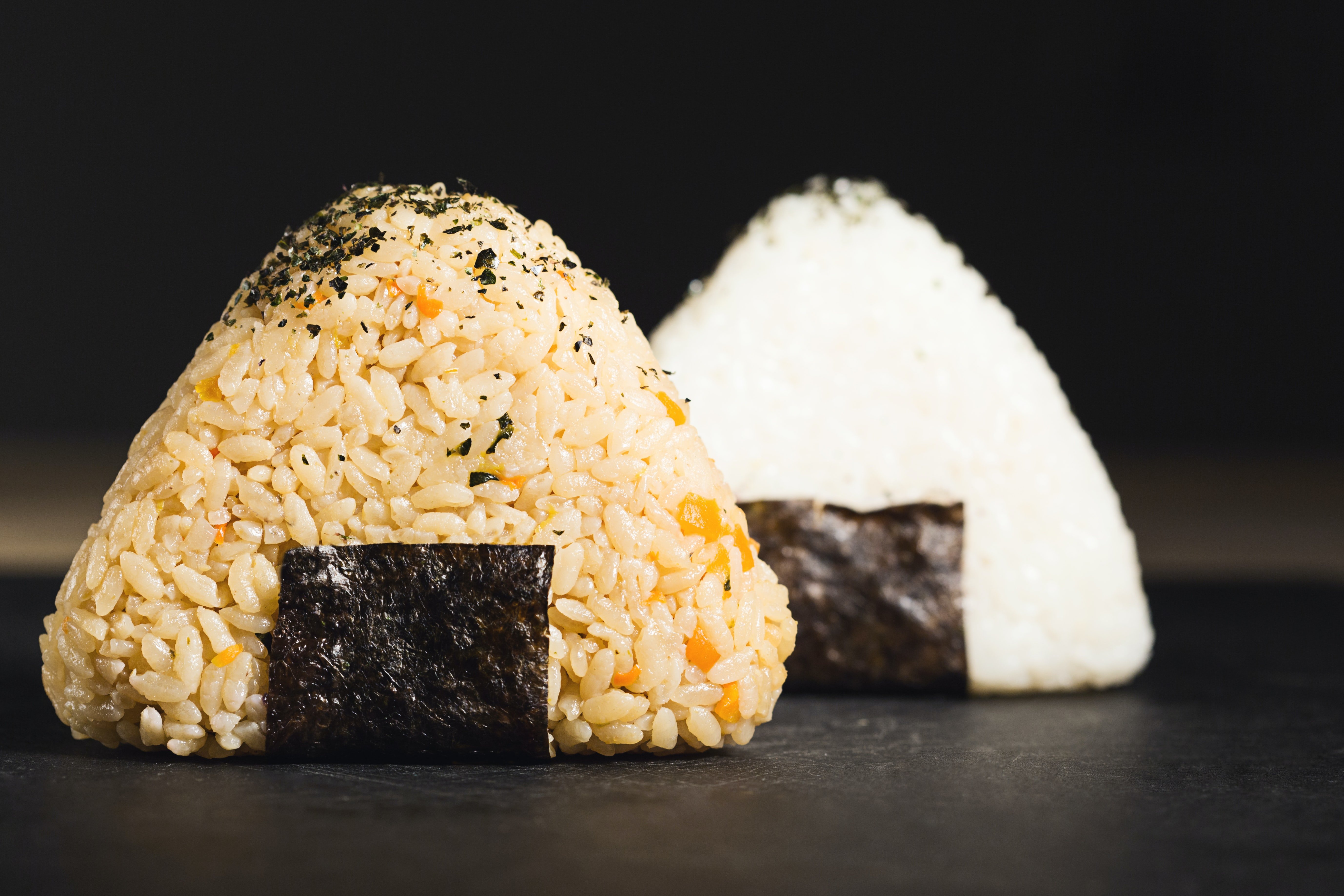If you’re in Alaska, you’ve probably got an entire freezer dedicated to all things seafood that keeps your bounty. You might even have a pile of pristine snow in your backyard that you can use in a pinch.
But whether you have a sizeable fish freezer or you’re a seafood lover with a compact fridge that’s packed to the gills, there are a few things you can do to organize your freezer and keep it shipshape. After all, when you’re getting the best wild-caught seafood from Wild Alaskan Company, you’ll want to do what you can to preserve its top-shelf quality while it’s on your freezer shelves.
Why You Should Organize Your Freezer
Having an organized freezer isn’t just for perfectionists and professional chefs. Seafood lovers who cook at home will see one major benefit: better tasting seafood. That’s because organizing your freezer keeps you rotating through any frozen seafood you currently have stored in your kitchen, making it easier for you to enjoy this seafood while it’s in its freshest, most delicious state. As a reminder, we recommend enjoying your wild seafood within 6 months of receiving your order.
The longer your seafood is in the freezer, the more susceptible it is to freezer burn. The good news is, many of Wild Alaskan Company’s offerings are preserved in an ice glaze and vacuum-sealed packaging, both of which are great at preventing moisture loss and protecting the food from off flavors. But there are ways to stave off freezer burn to keep your fish as fresh-off-the-boat as possible.
Even so, the best way to keep your seafood stored at the peak of its quality is to consume it sooner rather than later. Having an organized freezer makes this easier to do.
Separate Your Fillets by Species
All seafood from Wild Alaskan Company is clearly labeled. However, piled in the depths of your freezer, fish fillets can get lost between bags of frozen veggies and whatnot.
There’s an easy way to make finding the right fillet a foolproof hunt through your freezer: Separate different varieties of fish into large, resealable freezer bags or containers. Got six fillets of sockeye and six fillets of coho in your fish box this month? Leave them in their individually sealed packages, but store them in separate bags/containers with a label of your own to indicate what’s inside. This way, you’re not rummaging through 12 different portions of fish to find the one you’re looking for.
Label Seafood with “Eat By” Dates
All of our flash-frozen, vacuum-sealed seafood products can be stored safely in the freezer indefinitely. However, we highly suggest labeling your seafood with “eat by” dates so that you’re able to enjoy it at its peak.
Simply use a piece of masking tape to label your seafood (or the freezer bag that they’re kept in) with an “eat by” date about a month or two out from when you first received the product. Ground salmon is especially delicate due to the nature of the product, so we highly recommend you enjoy it within one month. Everything else you receive from Wild Alaskan Company is ideally consumed within two months of when it arrives on your doorstep.
Alternatively, you can sync up your “eat by” date so that it matches up with when you’re about to receive your next seafood box; if you end up getting a new delivery of seafood before you completely finish the previous month’s box, you’ll know which fish to eat first.
Using “eat by” dates can also help you to manage when you’re cooking seafood so that you’re incorporating it as often as you like into your diet. That way, you’ll know that you need to cook X number of fillets by the “eat by” date so that you’re on track to eating plenty of servings of lean, nutritious seafood each month.
Repurpose Your Cardboard Box
If you have the space to spare on your freezer shelves, the box your seafood was packed in might be the perfect organizer for all of your seafood. Trim down the box as needed so that it's a perfect fit, then load it up with your packs of seafood. If you orient your seafood vertically, you can flip through the packs easily to find just what you're looking for.
Bonus Tip: Save Your Shells
If you’re peeling spot prawns before cooking them, reserve these shells in a freezer bag or container so that you can make a batch of spot prawn stock. The shells are soft enough that they can be compacted a bit to save space, but be mindful that parts of the spot prawn can be a little spiny and rip through plastic bags. The shells from snow crab, Dungeness, or king crab can also go into this bag, as there are bits of flavor tucked into these shells that can help to add more complexity to stock.
Keep these shells in the freezer until you’re ready to make stock, using them ideally within a couple of weeks if possible to get the prawniest flavor from the shells. Then, when you finally make a quart or two to use in risottos, stews, soups, and sauces, divvy up this stock into freezer-safe containers. As with frozen seafood, you ideally should use this stock within a couple months, so label it accordingly.






